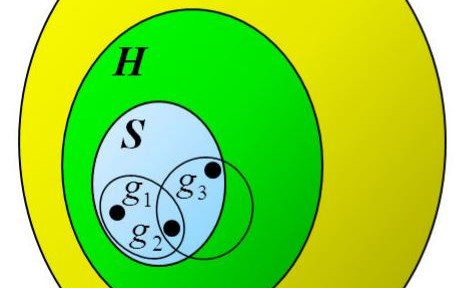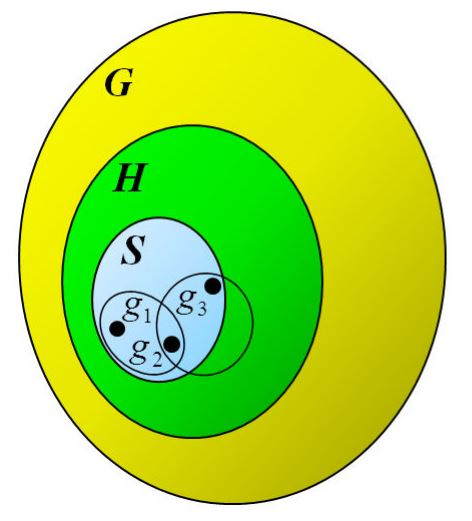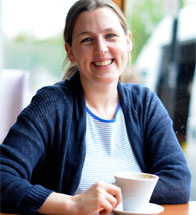Through the REF 2021 rankings, we were pleased to see our impact results in Economics, Maths, and Statistics demonstrate a significant improvement from 2014, with 33% of our impact work ranked world-leading, 50% internationally excellent, and the remaining 17% internationally recognised. Discover our research case studies below. Visit the REF website for full details.

Demographic structure and economic trends: planning for Europe’s financial future
According to a 2019 OECD report, Fiscal Challenges and Inclusive Growth in Ageing Societies, ‘The number of people over 65 for each working-age person will at least double in most G20 countries by 2060′. This is important because age groups differ in their savings behaviour, productivity levels, labour input, contribution to innovation, and investment opportunities. Research by Professor Yunu Aksoy and Professor Ron Smith offered new insight into the specific nature of these differences as well as providing an innovative theoretical model for predicting future trends. Taken up by central banks around the world, this work has contributed to an increased focus on demographics amongst the global central banking community and influenced fiscal policy decisions in a number of countries.
Notably, a 2017 secondment to the Bank of Spain allowed Professor Aksoy to develop his research, to publish alongside Bank economist Henrique Basso, and to help answer the question of ‘how to adapt fiscal and social policies to demographic changes’, identified by the Bank’s head of research as ‘one of the most important issues’ that the Bank is currently facing. Basso went on to sit on a European Central Bank taskforce charged with investigating the future of pension schemes in the EU (a multi-billion-Euro question), which drew directly on Professor Aksoy and Professor Smith’s work to inform its research and recommendations. The work has also been invoked in German debates around immigration (where a recent policy change aimed to facilitate the entry of young, skilled workers to reinvigorate the country’s economy).
Making the right decisions for patients: competition, choice and inequality in publicly-funded healthcare
Successive UK governments have emphasised the importance of patient choice as a means for service users to voice and realise their preferences, and as a way to encourage competition in markets for publicly-funded healthcare. Dr Walter Beckert’s work on patient choice has challenged the assumption that increasing competition helps to improve care provision, showing that competition can reinforce existing inequalities between demographic groups and that patients often turn for guidance to primary healthcare practitioners who have competing priorities of their own.
Dr Beckert is an academic panel member for the Competition and Markets Authority (CMA) and his research has shaped the methodology used by the CMA to analyse the impact of hospital mergers, therefore influencing each of the eight hospital merger decisions made by that body since its first in 2013 (determining the allocation of at least £560 million in public money). More broadly, Dr Beckert’s work with the Health Foundation, a campaigning charity, has helped to change opinion within the sector as to the value of competition and has contributed to a strategic shift away from competition and towards a more collaborative approach to service delivery, as realised in the 2019 NHS Long-Term Plan. Health Foundation CEO Jennifer Dixon points out that ‘the reach of Walter’s work therefore potentially affects all the population in England – circa 55 million’.
New strategies for portfolio management: applying new estimates of equity yields and equity duration
Accurate estimates of expected rates of returns and investment time horizons are crucial for investment managers when it comes to assessing the risk and return characteristics of equity portfolios. Collaborative research originated by Birkbeck’s Dr David Schröder and continued in partnership with Florian Esterer, an asset management professional, proposed a new method for predicting returns and estimating risk on individual shares, using earnings forecasts created by analysts across the market. They also proposed for the first time the concept of equity duration, which sits alongside the well-established idea of bond duration (a measurement of sensitivity to interest rate changes).
Analysts and investment managers at asset management firms across the financial sector took up Schröder and Esterer’s work, featuring the research in internal research reports and in some cases inviting them in to deliver in-person explanations. Feedback from the Head of European Qualitative Research at one of these major international firms described Schröder and Esterer’s research as ‘crucial’ in reframing its approach ‘to measuring the duration of global stocks’, demonstrating direct impact on the billions of pounds of assets that this firm holds under its management. Esterer was also able to put the research into practice at his own workplace, which also manages tens of billions in equity holdings.



